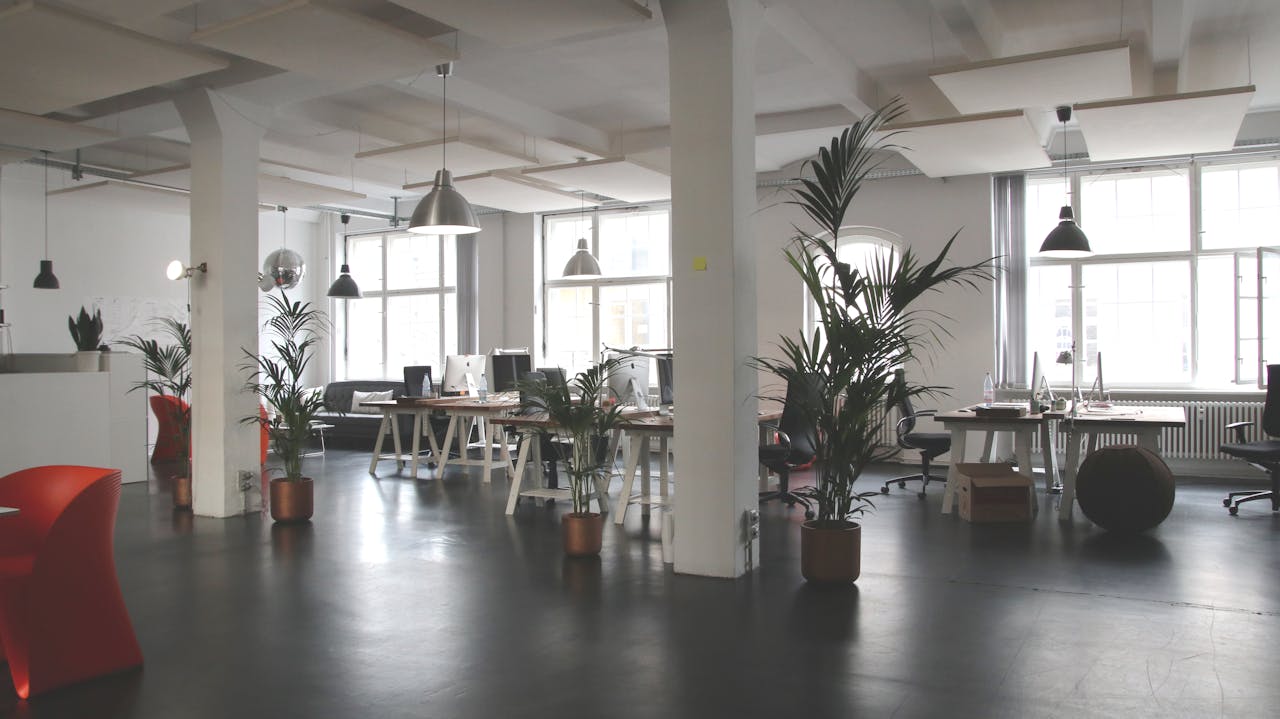Matching made-to-measure curtains to different window shapes in offices can significantly enhance both aesthetics and functionality. Understanding the unique framework and dimension of each window is crucial to selecting the right curtain style that fits perfectly and complements the interior space. By tailoring curtains to fit specific window shapes, especially in a professional setting, you ensure a polished look that can also contribute to better light control and insulation.

When dealing with unconventional window shapes, it is essential to take precise measurements and consider how the curtains will interact with the architectural features of the room. For instance, arched windows might benefit from swooping drapes that mimic the curve, while expansive bay windows could be best served by multiple panels that cover each section seamlessly. Using made-to-measure curtains allows for a bespoke solution that aligns with the office’s aesthetic and practical needs.
In offices, the choice of fabric and curtain style should reflect not only the design language of the workspace but also its functional requirements. Sheer curtains might be ideal for letting in natural light while maintaining some privacy, whereas heavier fabrics could offer better sound insulation and light blocking for conference rooms.
Key Takeaways
- Tailored curtains enhance both aesthetics and functionality.
- Precise measurements are critical for fitting unique window shapes.
- Fabric choice impacts light control and room ambiance.
Understanding Custom Curtain Essentials
When coordinating made-to-measure curtains with various office window shapes, focus on taking accurate measurements, selecting appropriate fabrics and styles, choosing the right hardware, and considering privacy and light control.
Measuring for Made-to-Measure Curtains
Taking precise measurements is paramount. Start by measuring the window width and length using a tape measure. For curtain tracks, measure the full length from end to end. For curtain poles, measure from one bracket to the other, excluding the finials. Add an extra 2-3 cm to the width for overlap if the curtains meet in the middle. It’s crucial to measure beyond the window frame for a fuller look. Record separate measurements for each window to accommodate unique dimensions.
Selecting Curtain Fabric and Style
Choosing the right curtain fabric and style enhances the overall aesthetic of the office. For formal settings, consider materials like velvet or heavy linen. Opt for patterns and colors that complement the office decor. Sheer curtains offer a light, airy feel, while blackout curtains provide privacy and block out sunlight. For better temperature regulation, thermal curtains are ideal. Consider the curtain panel type, whether pleated, eyelet, or tab top, to match the window style and size.
Choosing the Right Hardware
The choice of hardware significantly impacts functionality and appearance. Use durable curtain rods or tracks that can support the weight of your chosen curtains. Curtain rods come in various styles such as telescopic and fixed length. Eyelets and rings facilitate smooth curtain movement. Ensure brackets are securely fixed, spaced evenly, and can bear the curtain weight. For wider windows, a curtain track might be preferable to curtain poles due to its ease of use and flexibility.
Privacy and Light Control Considerations
Evaluate privacy needs and light control preferences. In meeting rooms or executive offices, blackout curtains are beneficial for enhanced privacy and eliminating glare on screens. For less critical areas, sheer curtains can provide moderate privacy while allowing natural light. Thermal curtains help in temperature control, contributing to energy efficiency. Assess whether blinds or shades might be better suited for specific window shapes. Combining curtains with other window treatments can provide a balanced solution for light and privacy control.
Matching Curtains to Window Shapes in Offices
Selecting the right curtains for various window shapes in office settings involves considering both functionality and style. Choosing appropriate curtain types and styles can enhance the decor while meeting practical needs such as privacy and light control.
Standard and Floor-Length Curtain Guidance
When dealing with standard rectangular windows, standard curtains or floor-length curtains are typically the best choices. Eyelet curtains, grommet curtains, and pleated curtains work well here due to their versatility.
Ensure the curtain length complements the window size:
- For a polished look, opt for floor-length curtains.
- Cafe curtains can be chosen for a more informal atmosphere.
Curtain headings such as pinch pleats or tab top can add a stylish dimension to standard windows, enhancing the overall interior design.
Specialty Windows and Unique Treatment Ideas
Special windows like bay windows or those in high-ceilinged offices require unique treatments. Roman shades or panel curtains are excellent for bay windows, providing a streamlined appearance.
For high-ceilinged windows, double pleat or extra-long drapes can create a dramatic effect and anchor the room. Made-to-measure curtains tailored by a curtain maker ensure a perfect fit.
Valances can add a sophisticated touch and help integrate curtain designs into the existing home decor. Where possible, use sheers to diffuse light while still maintaining privacy.
Accessorizing Your Curtains for the Perfect Finish
Accessorizing contributes to both functionality and aesthetics. Use curtain rods that match other hardware in the room. Iron-on hemming tape can adjust the curtain length to fit perfectly.
Curtain linings serve not only to improve insulation but also to provide a luxurious feel. Choose linings that complement the curtain fabric and enhance thermal efficiency, especially if windows are near a radiator.
Incorporate curtain tiebacks and holdbacks to add a touch of elegance and practicality. Select patterned fabricscautiously to blend with existing furniture and maintain a cohesive atmosphere.
Conclusion
Matching made-to-measure curtains with different window shapes in offices enhances both aesthetic and functional aspects. Understanding window dimensions, including width and height, ensures proper curtain fit for every shape.
For professionals, exact measurements are crucial to create a cohesive appearance. Utilizing guides and tools simplifies this process, ensuring that all curtains complement the office environment seamlessly.

